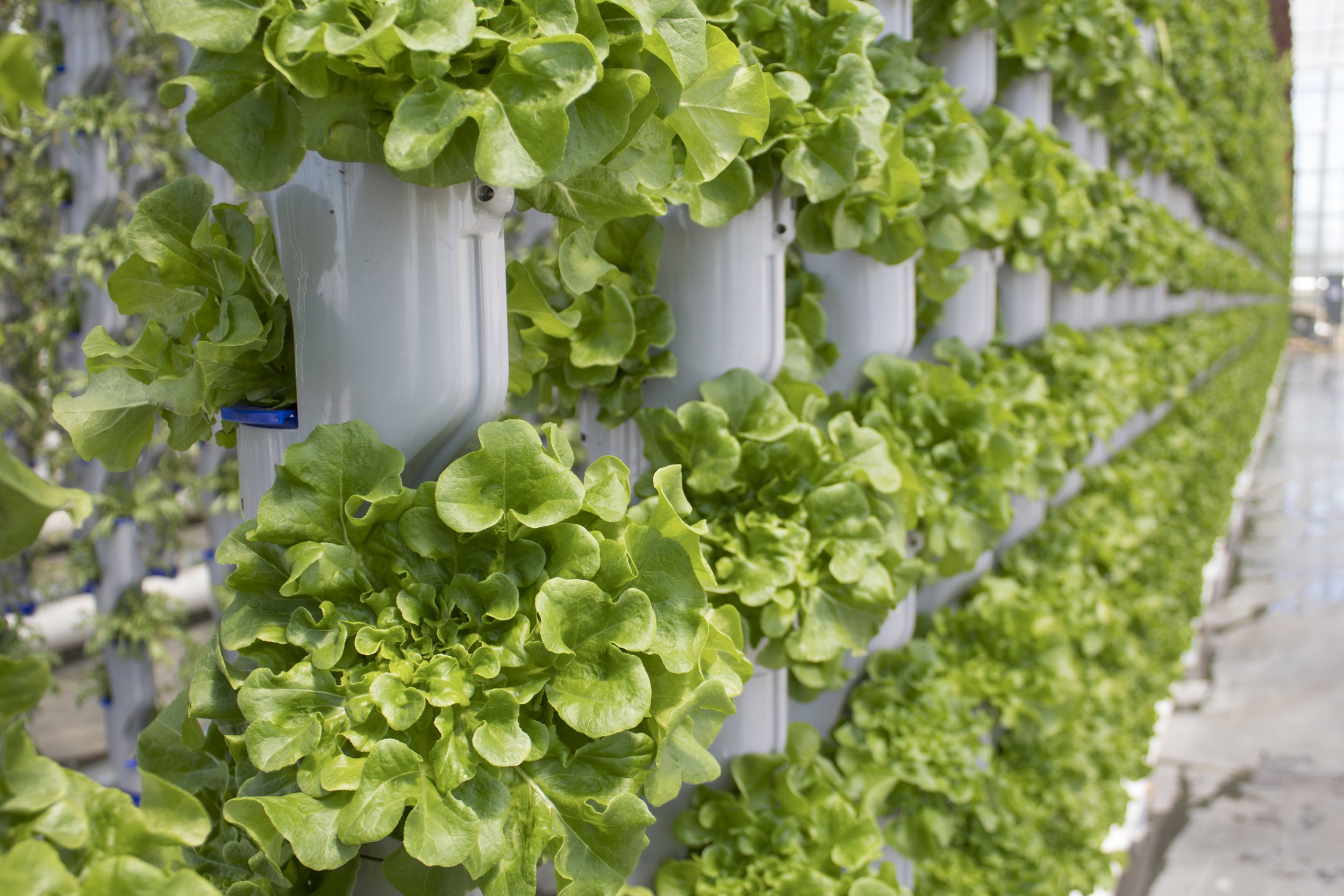Farm reduces global warming
It’s no secret that the future of agriculture is concerning and needs a change. Overall, the population is growing at about 1 percent per year, even faster in some countries. Feeding this growing population is sure to be a challenge as time progresses. Adding to the problem, current and former agricultural practices are incredibly harmful to the planet. Agriculture has been implicated as a driving cause of climate change, deforestation, and soil degradation. The problem is so significant that we’ve lost a third of ou
Can Vertical Farms Feed the World?
Vertical farming is an amazing option to solve many of agriculture’s problems today, but it’s not a complete solution. Some crops simply won’t grow well in such a configuration, and there will always be a need for other growing methods.
That said, vertical farms can help feed the world by allowing growers to produce healthy, fresh foods in areas with little food production. They can offer ways for farmers to produce crops without worries over the effects of climate change since CEA systems allow for any climate the plants might need. And they can grow more food in less space, allowing us to continue to feed the growing population.
r arable land over the past 40 years.We must find better ways of producing food for future generations. Fortunately, new farming technology, such as vertical agriculture, offers an excellent way to meet these challenges and produce the food needed for future generations.

The Benefits of Vertical Farming
Vertical farming has many benefits, with this model providing maximum output with minimal environmental impact and far less space required. With resources at a premium, it will become increasingly difficult to maintain food production using traditional methods.
Can Vertical Farms Feed the World?
Vertical farming is an amazing option to solve many of agriculture’s problems today, but it’s not a complete solution. Some crops simply won’t grow well in such a configuration, and there will always be a need for other growing methods.
That said, vertical farms can help feed the world by allowing growers to produce healthy, fresh foods in areas with little food production. They can offer ways for farmers to produce crops without worries over the effects of climate change since CEA systems allow for any climate the plants might need. And they can grow more food in less space, allowing us to continue to feed the growing population.



